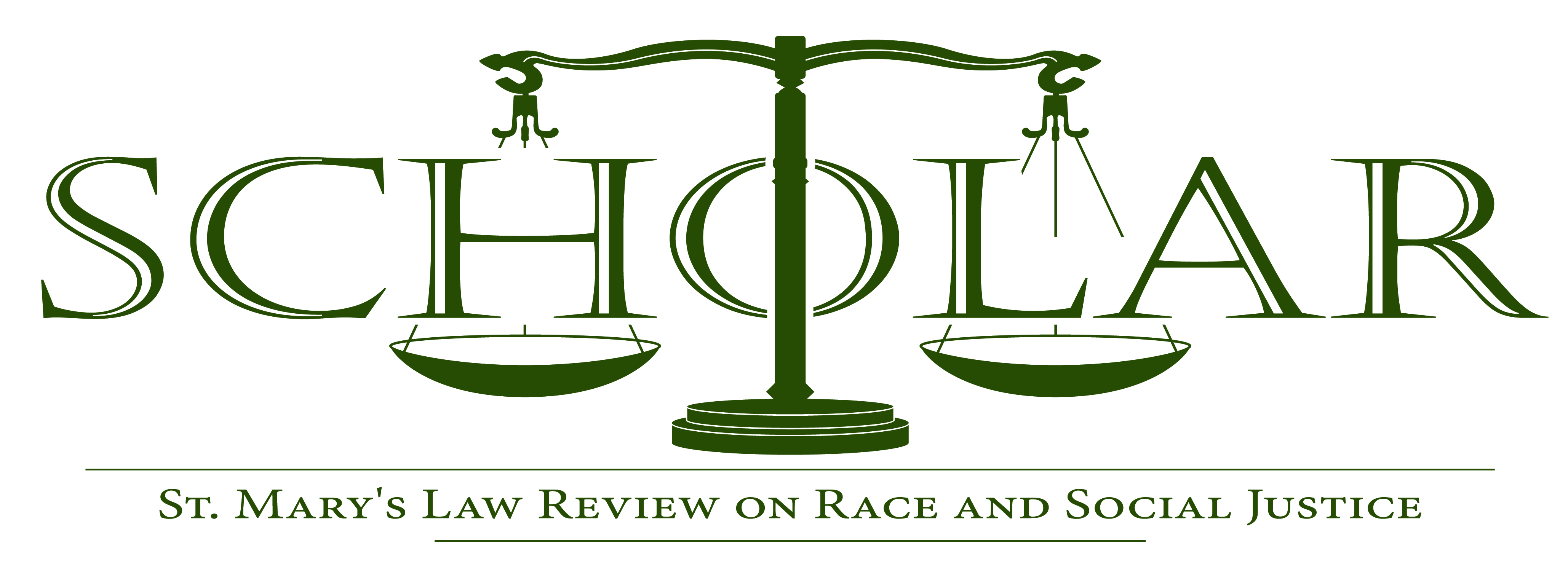
Abstract
Statistics tend to show Black people commit most of the crime in the United States. Those statistics fail to account for unequal treatment of minorities at each stage of the criminal justice system. This unequal treatment may take the form of buy-and-bust operations, racial profiling, street sweeps, and other police activities which target people in low-income communities populated mainly by minorities. The American criminal justice system contains a cyclical, self-perpetuating aspect to the treatment of certain minorities. These perceptions direct a disproportionate amount of law enforcement attention on minorities, which leads to disproportionate arrests of minorities. The result shows racial disparities in incarceration rates. Compared to Caucasian men, African American and Hispanic men are statistically more likely to spend time in prison during their lifetimes. Remedies to this problem are practically unattainable due to the criminal justice system’s inability to recognize that racial discrimination exists within the system. Scholars consistently debate the issue of whether the correct characterization of the problem exists and if a problem exists at all. Racial disparities exist in all aspects of American society, which is potentially why many legal scholars disagree that a problem of racial disparity within the criminal justice system exists at all. By looking outside of the United States for a solution, the criminal justice system may find a resolution to this convoluted problem. Ultimately, the issue is in the hands of the United States government, and individuals in the field of human rights law need to continue educating representatives for any change to occur.
Recommended Citation
Terrence Rogers,
Using International Human Rights Law to Combat Racial Discrimination in the U.S. Criminal Justice System.,
14
The Scholar
(2011).
Available at:
https://commons.stmarytx.edu/thescholar/vol14/iss2/3
Volume Number
14
Issue Number
2
Publisher
St. Mary's University School of Law
ISSN
1537-405X

